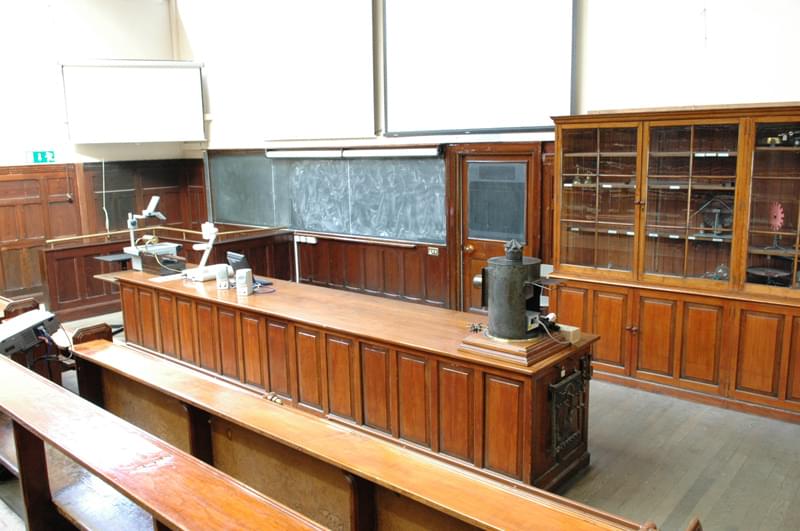Minister for Higher Education Simon Harris has announced a new pathway to higher education which does not rely on a CAO application. This new pathway to third level works through courses called tertiary programmes.
What is a tertiary programme?
A tertiary programme is a new route of study being delivered by the National Tertiary Organisation (NTO). This organisation is jointly operated by the Higher Education Authority (HEA) and SOLAS.
Tertiary programmes involve students enrolling in an institute of further education before progressing to a higher education institution (HEI) in order to complete a fully accredited degree. This means that students who successfully progress through their studies are guaranteed to graduate with either a level 7 or level 8 degree.
From September 2023, students will be able to enrol in one of 23 tertiary programmes across a variety of fields of study. Degrees on offer come from sectors such as nursing, business, engineering, and media. A full list of programmes on offer can be found on nto.ie.
How do tertiary programmes differ from other courses?
Tertiary programmes have the same outcome as courses offered by higher education institutions in that students will receive a degree at the end of their studies. This pathway, however, is unlike the traditional route in three aspects.
Students who wish to apply for a tertiary programme will not do so through the CAO. This means that students are not relying on their Leaving Certificate grades and will instead apply through the NTO’s website. On this website details about available courses can be found, including information relating to interviews and portfolios which may be required.
This step away from the CAO aligns with the Department of Education and Skills policy of reducing the importance of exams in secondary schools and increasing the value of project work which is completed prior to students’ exams.
Tertiary programmes differ from Post Leaving Certificate (PLC) courses in that progression to a higher education institution is guaranteed. This means that tertiary students who complete their course’s work to a specified standard will automatically receive a place in an institute of higher education instead of entering a raffle with other applicants.
This guarantee is likely to make tertiary programmes a highly desirable option for students who would like to know the outcome of their efforts prior to signing up.
The final defining feature of tertiary programmes is their step-back awards. These awards are built into tertiary programmes and formally recognise students’ completion of different components of courses. This means that if a student decides to leave their programme, they will receive formal recognition for work which they have already completed.
This is vastly different from other routes in which students who do not graduate receive no recognition for their efforts. This will likely appeal to students who aren’t sure if further education is for them and want their progress to be recognised if they are to leave their courses
Fees and grants
Tertiary students will not be charged for their tuition in institutions run by Education and Training Boards (ETBs). This means that the first stage of students’ studies will bear no cost. The second stage of tertiary students’ studies, completed in HEIs, will require payment. While exact fees have not yet been announced, the Free Fees Initiative will be available for tertiary students. Tertiary students may also apply for maintenance and fee grants through Student Universal Support Ireland (SUSI).
How will tertiary programmes disrupt higher education?
While the exact impact of tertiary programmes cannot be predicted, these courses may have the following effects:
Universities will likely need to increase the number of academic staff they employ. If this does not happen this new stream of students could result in increased class sizes and thus less effective teaching. It is also unclear whether or not this stream of students will be combined with the existing student body or be put into classes specifically for tertiary students. The NTO, however, does indicate that tertiary students will have full access to both of their institutions’ facilities.
Students enrolled in HEIs may see a reduction in the number of exams they are expected to take. This move may be required in response to the Department of Education reducing the importance of exams in schools paired with a new pathway which does not rely on one’s grades. If more and more students are less accustomed to exams, HEIs may grade students based on the likes of project work more frequently than in the past.
The government will likely have to increase funding for institutions run by ETBs. This additional funding will be required for increased staffing, capacity increases, and administrative costs. If funding for these institutions increases, students enrolled in them are likely to see improved standards.
The future of tertiary programmes
The NTO states that the 23 courses on offer from September will run as a pilot programme. What is learned through these programmes will be used to “shape the way in which joint further-to-higher education programmes are further developed and expanded.”
The NTO is seeking feedback from all stakeholders and hopes to use recommendations to improve tertiary courses. The organisation will also call for more joint further-to-higher education programmes later this year. This makes it likely that options available to students will increase year on year.






